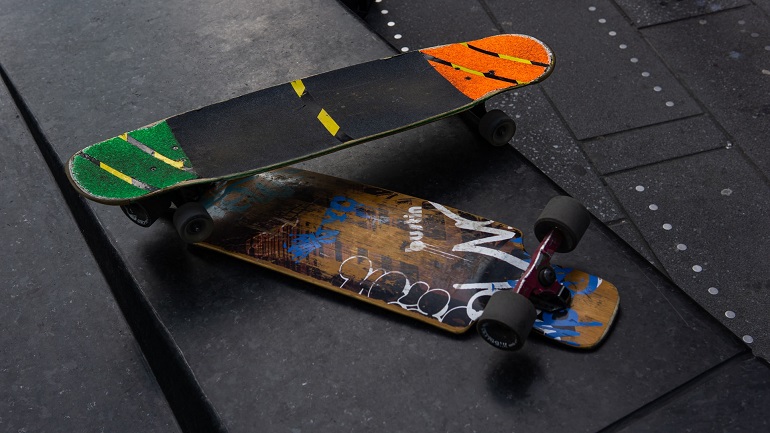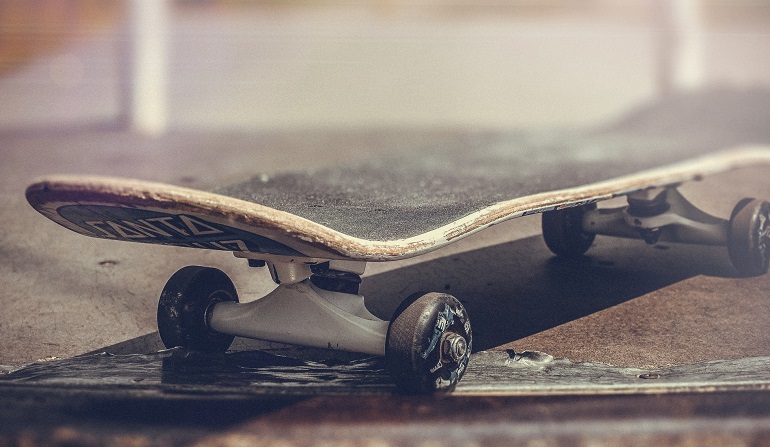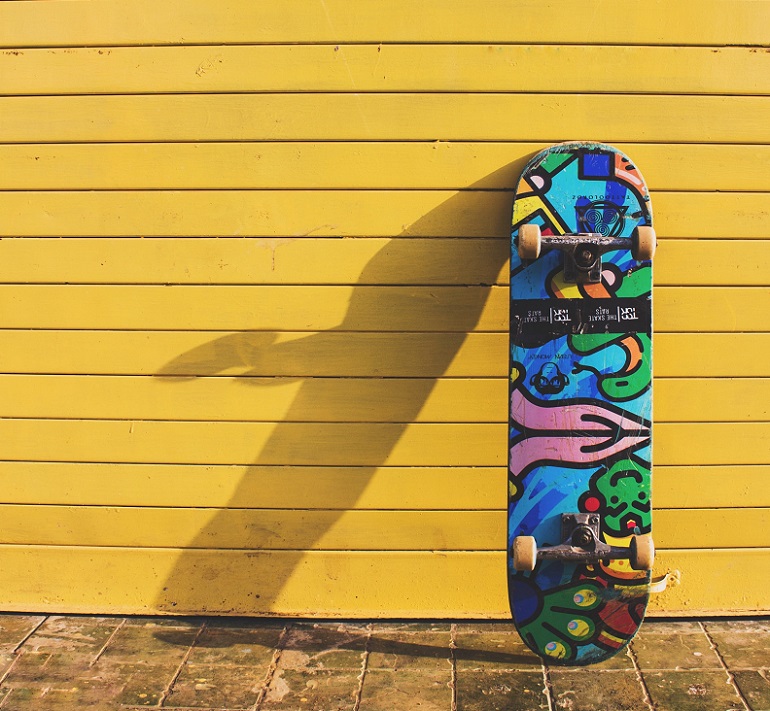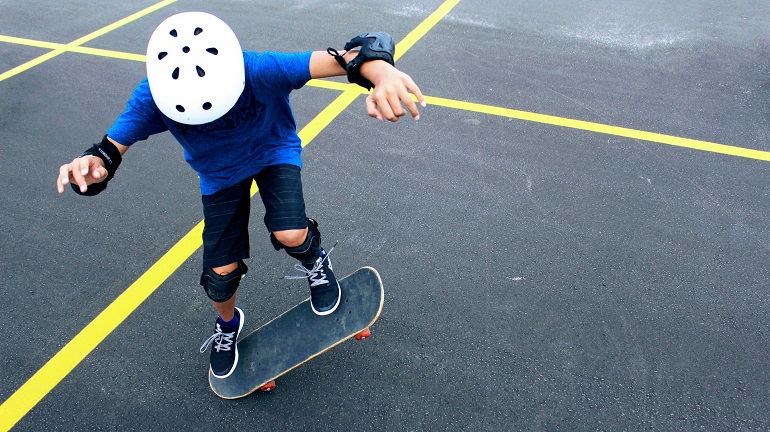Skateboarding seems like a lot of fun, doesn’t it? You do a few flips and tricks here and there while rolling around on a board, looking extra cool while doing it. Who wouldn’t want to try it out? You’ve certainly been convinced. And you’re more than thrilled to take on this new exciting adventure. Whether you’ve been a fan of this sport for years now or you’re just keen on checking out something new, skateboarding is a great way to get your mind off things and blow off some steam.
Here’s the thing about skateboarding – you can’t try it out unless you have, shockingly, a skateboard. You might be wondering, what kind of skateboard do I need? Well, the answer to that question is a double-edged sword. On the one hand, there are many modern complete street skateboards out there, which means that you have a lot of options to choose from. On the other hand, the sheer number of choices makes deciding more difficult. Luckily for you, we’re here to help you out along your skateboarding journey by mapping out all the basic information you need to know to get started.
What Are the Basic Parts of a Skateboard?

In order to choose a skateboard, you need to know the basic constituent parts. In other words, you should be familiar with the merchandise before buying it. Complete skateboards have four major parts – deck, wheels, trucks and bearings.
Skateboard Deck
This part is the most obvious one – it’s the long, flat board that you stand on while skateboarding. Most of them are made of wood and they come in a whole bunch of shapes and sizes, depending on what you want to use them for.
Speaking of skateboard decks, one specific factor you should take into consideration is concave. This refers to the curve that the board has on each side and it can be high, mid or low concave. Each one serves a different purpose and can benefit your skateboarding style in many ways.
Skateboard Wheels
You probably already know what wheels are, they’re what make the skateboard move around. Generally speaking, skateboard wheels are made of polyurethane and have varying degrees of size and hardness. Here’s a good rule of thumb to follow when choosing proper skateboarding wheels – the bigger and harder the wheels are, the easier it’ll be to handle the board. So for beginners, look for boards that have more rigid and robust wheels to make things a tad bit easier for you. Once you get the hang of things, you can experiment with different types of wheels until you find one that suits your taste the most.
Skateboard Trucks

Basically, trucks are the part that connects the wheels to the deck. Trucks make room for great freedom of movement since they allow the board to turn and provide axles for the wheels. Make sure that the trucks are the same width as the board in order to get the most out of the experience. If your trucks happen to be longer, then the centre of gravity will move toward the edge of the skateboard deck which will make it difficult for you to keep your balance.
Skateboard Bearings
These are tiny circular parts that fit inside the wheels and allow them to connect to the trucks and spin freely. High-quality skateboard bearings usually consist of an inner and outer ring to provide maximum protection for the wheels themselves and prevent potential damage and injuries.
The good news here is that if you decide to get complete street skateboards, these details won’t be as important to you since the boards will have been pre-assembled by a professional by the time you get them. If at some point in the future, you decide to assemble your own board, you’ll need to know these facts so that you can do so properly.
How Do You Pick Your First Skateboard?

This is a big step and therefore you shouldn’t rush through it. Take careful consideration of the following factors before making a purchase.
Size And Shape
Adult skaters should be able to handle a normal-sized complete skateboard whose width is the same as their shoe size whereas mini skateboards are the recommended size for all the youngsters out there. Pro tip – start off with a standard skateboard to practice your initial moves before making the transition towards longboards or cruiser skateboards.
Materials
As previously mentioned, most skateboards are made of wood. However, if you’re looking for a cheaper alternative, you can opt for a plastic skateboard since it won’t put too much of a strain on your budget. Think about how much you’re willing to invest in this new hobby and shop accordingly.
Additional Skateboarding Equipment

We’ve covered all the basics so far, now it’s time to have a look at some additional equipment that might come in handy.
Safety Tools
When you first start skateboarding, expect to fall, a lot. That’s completely normal. And because you’ll be falling quite often, it’s important that you stack up on all the necessary safety equipment. This includes a helmet as well as elbow and knee pads. And no, they won’t make you any less cool. All they’re doing is protecting you from possible injury.
Skateboarding Backpack
Once you’re done skating around, you should have a place where you can store your board until your next adventure. This is why choosing a practical skateboard backpack is the reasonable way to go. You won’t have to carry your skateboard the whole time and it’ll be protected from external factors.

